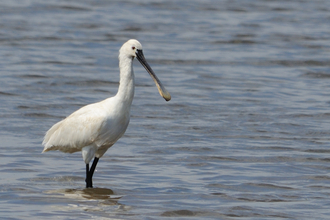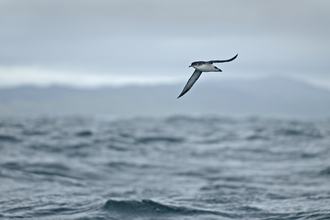Spoonbills
Spoonbills are named after their bizarre spatula-like bill. Generally feeding in flocks, they swing their slightly open beaks from side to side through shallow pools of water. Their remarkable bill is packed full of sensors attuned to the tiniest vibrations, and once located, unlucky beetles, crustaceans, worms, small fish, tadpoles and frogs stand no chance of escape. Although they bred in East Anglia during Medieval times, spoonbills had not bred in Britain for over 300 years until 2010, when a small colony was discovered on the north Norfolk coast.
Conservationists crossed their fingers that the birds, originating from the Netherlands, would return again. They are now a regular summer visitor!
Where to see a spoonbill
Nesting birds are easily disturbed, so it’s not possible for visitors to view the breeding colony. However, this isn’t a problem as you can see the spoonbills (including a large number of non-breeding individuals) feed in sizeable flocks at the locations below. The best site is probably Norfolk Wildlife Trust’s Cley Marshes, where a record flock of 30 birds was recorded in 2014. Here the shallow pools and scrapes are an ideal place for the birds to feed, and they can often be watched at close-quarters from the comfort of numerous viewing hides.
- Dorset, Brownsea Island
- Norfolk, Cley Marshes
- Suffolk, Hazlewood Marshes
How to do it
Similar in build to a grey heron though smaller, the spoonbill’s plumage is white except in the breeding season when adults show a small patch of yellowish feathers on their chest. In the summer mature birds also have a rather fetching, shaggy crest at the back of their head. Bring your binoculars, and a dose of patience: spoonbills are notorious for spending large amounts of time asleep, their heads tucked frustratingly under a wing. The first view many birdwatchers have of them is of a white lump on a muddy spit! Later in the day is often a good time to catch them being more active (they’re actually partly nocturnal), putting their wonderful spoon-shaped bill to use.
If you can't get to these places
Spoonbills are frequent summer visitors to other coastal lagoons and large wetlands in the south and east of England.
More wildlife experiences
From seeing colourful wildflowers to spotting magnificent birds of prey, we can help you get closer to wildlife across the UK.








